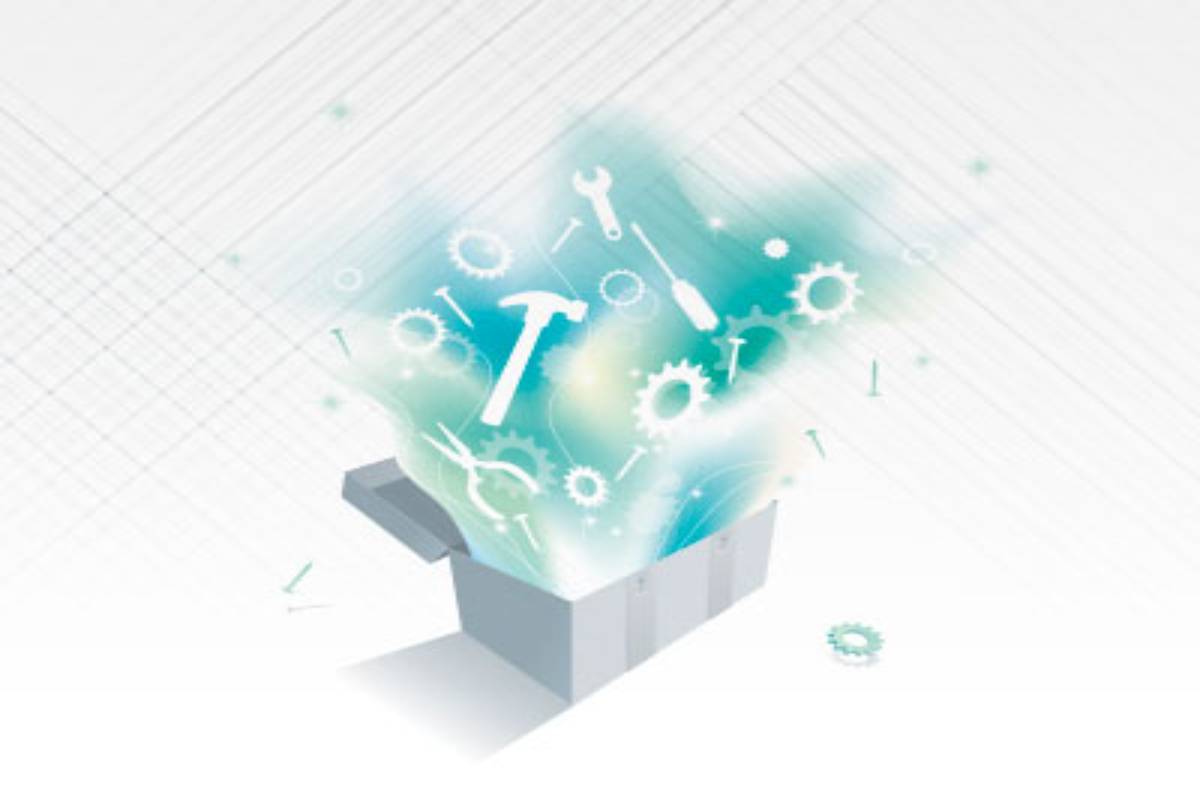Basic Toolkit
Content marketing tools are necessary across the board in each phase of creating a strategy, from monitoring all your channels or each campaign to the post-tracking degree.
All the statistics indicate that content marketing will be one of the main focuses for those companies that want to stand out. And not only during this year but also for those to come.
As pointed out by the Study of Content Marketing in Latin America and Spain, only 15% of companies live oblivious to this phenomenon’s potential. But there is still more. 70% of brands have doubled their content marketing budgets.
Besides, all content marketing trends indicate that it will continue to bet on creating content in all formats and channels. You only need to be well documented to be able to take advantage of this type of strategy.
Content Marketing Tools
Do you think that content marketing tools are not important to you?
Take a look at the following:
71% confess not having the necessary tools to measure content marketing strategies.
However, well-documented and planned content strategies are more likely to achieve your goals.
Therefore, it is time that you have all the necessary tools, applications, aids and advice so that your campaigns do not leave anyone indifferent.
The Best Brand Monitoring Tools
53% of the most powerful companies have a documented content marketing strategy. And for this, there is nothing like monitoring everything that happens around a brand.
In content marketing, the channels that generate the most content from users are social networks. That is why it is interesting that you have content marketing tools focused on monitoring and listening to networks.
1.- Addictomatic
Addictomatic is one of the content marketing tools that will provide you with one of the most general visions about your brand.
It is very informal to use and will monitor your brand on Flickr, YouTube, Twitter, WordPress, or Google.
2.- Google Alerts
Of course, one of the best content marketing tools when it comes to digital listening is Google Alerts. And it is not only effective in active listening to a specific topic, but it will help you react, in seconds, to any conversation that arises about your brand or your services.
3.- Mention
If what you are considering is a simple and intuitive tool, Mention is one of your’s best alternatives.
The ideal of Mention is that it gives you the option to create alerts and monitor your brand from any device. And besides, you can do it in up to 42 languages.
4.- Meltwater
On a professional level, Meltwater is one of the most widely used content marketing tools. It is especially capable of monitoring any blog or social network history for up to 6 months.
Besides, one of its latest updates includes very interesting features for you to extract the best possible information:
Eliminate the noise from conversations.
Compare the performance of your brand with that of the competition.
And also, analyze the potential reach of your publications.
As you can realize in the image, it also allows you to customize the widgets to choose the metrics that best suit your specific goals.
SEO Tools
Of course, the presence of your website and your blog in the main search engines is vital to achieving your goals. Keep in mind that it is your main letter of introduction to new potential clients. And for that reason, the SEO-oriented content marketing tools you can apply will help you in all this area. Both to improve your positioning and to increase visits.
5.- SemRush
The SemRush platform makes it easy for you to know the number of keywords your website is positioned. In this way, it analyzes them and can generate comparisons with your competitors.
Besides, the tool provides you with a complete report of the keywords that are working best on your website.
6.- UberSuggest
UberSuggest is ideal for solving your doubts regarding which keyword to choose, especially because it suggests some keywords that can go well with your content to not always work with them.
7.- AuthorityLabs
AuthorityLabs is another content marketing tool focused on improving your SEO.
How will it help you?
It gives you the option to keep track of the keywords you are using for some time. And, of course, it shows you the results graphically. In this way, it will be much easier for you to do a specific and generic analysis of the operation of your website or your blog.
8.- Raven
Raven is not just any application. It is a set of tools that carries out deep follow-ups and investigations of your SEO campaign to decipher if your content strategies are working or not.
Raven’s advantage compared to other content marketing or positioning tools are that it works in several areas that are not focused on SEO. That is, it will provide you with a broader view of the status of your website.
The application will also help you combine SEO reports with keyword rankings, social media, marketing, etc.
9.- MOZ
MOZ is a set of tools created to optimize SEO. It works by sharing different resources to improve your website. It is one of the content marketing tools focused on links and their quality.
Content Audit tools
Measuring your web content’s performance based on backlinks, social reaction, and user behaviour signals is another area you should work on.
10.- Sendible
Another content marketing tool focused on content audit is Sendible. It stands out because it is divided into two important parameters:
Engage: Incorporate responses and mentions.
Monitor: Analyze keywords and search strings.
Sendible also incorporates a library feature that helps you bring RSS feeds, saved content, and trending tags to responses. Perfect for active listening and keyword searching.
11.- Ahrefs
Ahrefs is undoubtedly one of the reference content marketing tools on the Internet, a specialist in analyzing websites and improving their positioning.
In addition to being very powerful with its link index, the application is highly recommended to find broken links on other websites. Although, of course, it will also do it on your own.
On the other hand, it will show you a deep analysis of your competition’s links. And in this way, you can find websites and blogs with which to make a Guest posting.
Ahrefs is also very interesting to consider the backlink profile of your website. It has a “Live” tool with which you can see which links have been lost over time.
Tools for Organizing Calendars
Organizing, planning and managing are three actions that will take the longest when dealing with blank sheets or new campaigns. But setting important dates on a marketing calendar is critical to launching elaborate strategies.
A marketing calendar is one of the maximum important content marketing tools to organize all actions and act with a considerable time margin. One of the factors that lead to the failure of some campaigns is a lack of foresight. Which often leads to a lack of time to plan and execute.
12.- Evernote
Evernote is the digital platform that works like a notepad, and that will best help you organize yourself. It works as one of the best reminders of the moment for the work to be done.
Evernote offers unlimited note storage for premium users and the ability to add up to 1Gb of new content each month. It also allows you to share and collaborate on your notes, both in the desktop and mobile versions.
13.- Google Calendar
Creating a marketing calendar for any business is essential. Best of all, there are Google tools that you will probably control to help you do that. So much so that they organize every one of your days and chores.
The Google calendar for companies is ideal for setting meetings, activities, events, jobs, deliveries, etc., since the best of all is that it reminds you of what you have to do.












